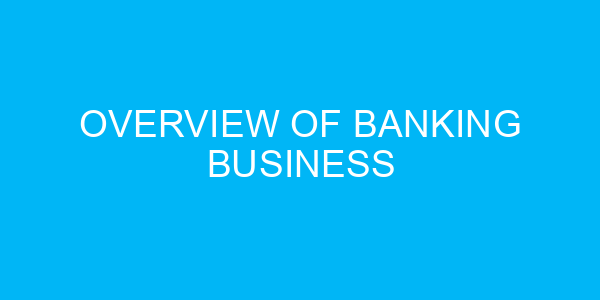36. What is the role of a bank’s risk management department?
a) To identify and mitigate risks faced by the bank
b) To approve loan applications
c) To manage the bank’s investment portfolio
d) To oversee the bank’s capital adequacy
37. What is the difference between a bank’s front office, middle office, and back office?
a) Front office deals with customer-facing activities, middle office manages risk and compliance, and back office handles administrative functions
b) Front office deals with investment banking activities, middle office approves loans, and back office manages retail banking operations
c) Front office deals with deposits and withdrawals, middle office manages marketing and advertising, and back office handles human resources functions
d) There is no difference between a bank’s front office, middle office, and back office
38. What is a bank’s non-performing loan?
a) A loan that is repaid on time and in full
b) A loan that is repaid late, but in full
c) A loan that is not repaid according to the agreed terms
d) A loan that is used to finance a non-profit organization
39. What is the purpose of a bank’s anti-money laundering (AML) program?
a) To ensure that a bank’s depositors are financially stable
b) To prevent fraudulent activities in the banking industry
c) To combat money laundering and terrorist financing
d) To regulate interest rates in the global economy
40. What is the difference between a bank’s assets and liabilities?
a) Assets are what a bank owns, while liabilities are what a bank owes
b) Assets are the bank’s income, while liabilities are the bank’s expenses
c) Assets are the bank’s reserves, while liabilities are the bank’s deposits
d) There is no difference between a bank’s assets and liabilities



